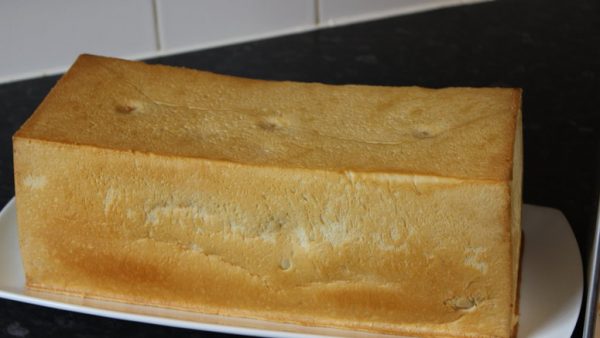If you’re a Nigerian and you have spent any length of time in the country’s South-West, you almost certainly know what the Agege bread is. Thick, robust and unsliced, this bread has held a place amongst Nigeria’s culinary gifts to the world for several decades.
Some say it’s most delicious when it’s just out of the oven. The aroma, coupled with its soft and succulent interior, makes it a treat in that state. Others prefer consuming it along with oily dishes like the ewa agoyin, or one of several local cereal preparations.
Read more about Business
For most Nigerians, the Agege bread comes from a past that they have no access to. Many have at least a faint idea that bread making wasn’t independently invented in Nigeria. It had to come from somewhere. But that’s as far as our certainty on this matter tends to go.
However, behind the uncut loaves that have become associated with the district of Agege in Lagos, there’s a rich transnational and industrial history. That history stretches back into the early colonial era, embraces at least two continents, and even loops in national politics and the growth of an economic powerhouse.
From the West Indies, With Love
The very first bread bakers and merchants in Lagos were immigrants from Brazil and the West Indies. These people were descendants of former slaves, who had returned to the port of Lagos to start new lives. They came in waves, starting in the mid-nineteenth century, and settled on Lagos Island.
Bread making was just one of the many trades in which they were involved. They established a hold on importation and prospered off it. But bread making was among their more successful local engagements.
One notable figure in the story of baking in Nigeria was Amos Shackleford. An immigrant from Jamaica, he started off as a staff with the Nigerian Railways in 1913 and later became a herd clerk at a local lumber company.
In the 1920s, Shackleford and his wife Catherine started a bakery in Lagos. At about that time, the Lagos-Ibadan railway had been constructed, and it allowed for the movement of people and development out of Lagos Island. Ebute Metta, the first main stop outside of the island, was where Shackleford set up his bakery.
The innovations he introduced to bread making allowed for its rapid spread across Southern Nigeria. The business boomed. One commentator wrote in 1967 that bread making had become “the third-largest indigenous industry” in Nigeria.
Agege became a notable center of bread production in Lagos. It is its name, and not Ebute-Metta’s, that has stuck to the product.
Baking National Appeal from Simple Ingredients
But the Agege bread isn’t made from any special ingredients, as its popularity in history would suggest. It’s made from some of the basic material you would expect for bread; flour, sugar, salt, margarine, and water.
The production process begins with thoroughly mixing these ingredients, milling the mixture, and cutting it up into predetermined weights. Then they are molded and enclosed in rectangular pans, covered with polythene sheets (which lets the dough rise early), and placed in a traditional clay oven that’s been preheated.
The dough rises in the heat and takes the shape of the pan in which it’s been enclosed. When it’s properly baked, it’s drawn out and allowed to cool.
Find our comprehensive listings of businesses in Nigeria here
The Future of the Agege Bread
In recent times, urban palettes have turned away from the Agege bread, and have accepted products more akin to Western bakes. The signs are that the old Agege bread may not outlive the current shift in domestic tastes.
Or maybe it will. Perhaps it won’t be the dominant choice among bread lovers in Nigeria. But it could retain the sort of place that an old legend does in people’s hearts: revered for its past glory, something we go to when nostalgia beckons on us.
Featured image source: Pulse NG
Did you find this article useful? Contact us via [email protected]


